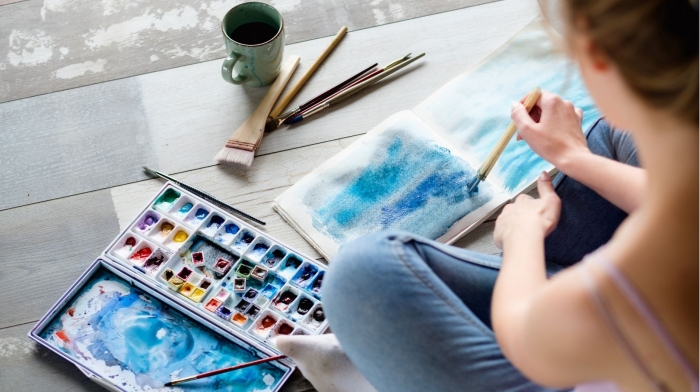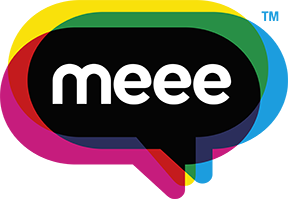Improving Your Everyday Life Through Art Therapy

It seems that everyone today has some level of stress in his or her everyday life. Whether it is rooted in work, school, the past, or personal relationships, stress is a huge part of our lives. Stress can have many negative effects on physical and psychological systems. An inability to positively control or manage stress may lead to inappropriate behavior such as alcohol consumption, overeating, or neglecting feelings. It’s important to know that stress can be managed effectively, at very little cost, and in a fun way! Art therapy is a great therapeutic approach that you can use in your daily life to keep your stress levels low and your contentedness high.
What is Art Therapy?
Art therapy is an approach that involves the creative processes of art to improve one’s life. For example, drawing, coloring, painting, doodling, and sculpting are all examples of art forms that can be used as a means of therapy. Using art as a medium for healing promotes self-exploration, understanding, self-esteem, and awareness. It is a way for a person to improve their mental, emotional, and physical states, as well as their overall health. When you use imagery, colors, shapes, and designs as a part of your therapeutic process, your thoughts and feelings can be expressed through your art, rather than words that are often difficult to articulate to others. This means that you do not have to verbalise how you are feeling.Art therapy can be done in counseling, where you work one-on-one with a trained and certified art therapist. However, the healing potential of art is not only effective in a counseling or psychotherapy setting. Art therapy techniques and approaches can be completed at home, work, or school without a therapist. In some methods of art therapy, you are your own therapist.
This is one of the great things about art therapy – you can practice antistress art anywhere! Art can be practiced at work, at home, on the bus, or during any downtime. Rather than stressing out about the next big meeting, you can color or doodle on some paper. You can release negative emotions about your job or personal relationships through artwork. This, in turn, helps overcome the stress, avoids further upset and creates a coping strategy for future stressful times.
Who Can Benefit from Art Therapy?
You don’t need to be a talented artist to engage in art therapy or to enjoy its benefits. After all, the goal is not to create a masterpiece but to express yourself freely through art; the artistic results are secondary to the emotional benefits. Art therapy improves the lives of many people. It can help people who have been exposed to loss or trauma. It can support people in overcoming addiction and mental health disorders. It has even been used in hospital settings for cancer patients. It’s also a common expressive therapy for children. The great thing about art therapy is that it can help the lives of so many people – even if you do not have a major concern or illness. Art therapy is beneficial to people who experience the stressors of everyday modern life.
Have you ever noticed how expressive arts therapy is calming and peaceful? Have you ever come home from a long work day in front of the computer and needed an outlet that wasn’t a screen? Engaging in art techniques can clear the mind, let us put feelings and thoughts onto paper or canvas, and leave us feeling accomplished and calm. It is a great option for people who experience even minor stress or upset in their lives.
Your Brain on Art
When we engage in the creation of our own art forms, we receive big benefits to our minds, both physically and mentally. When we produce art with our own hands, there is increased neural connectivity in the area of the brain that deals with introspection, memory, and self-monitoring. This means that this area is more active when engaged in producing art. Mentally, we become more psychologically resilient, we have increased positive perspectives, and become more self-aware. This makes us better at coping with future problems, stressors, or events. It is said that the pairing of actually creating the art (motor processing) and thinking about expression (cognitive processing) is what makes art therapy so beneficial.
Ready to take the next step with Meee?
Download the ‘MyMeee’ app (available on iPhone/Apple or Android/Google), explore our books, listen to our 'Just Meee' podcasts and subscribe to our monthly newsletter, ‘Meee Moments’, for exclusive tips, inspiring stories, and updates to keep you on track with your journey!
At Meee, we’re dedicated to inspiring everyone, everywhere, every day to Find, Live, and Give their unique Magic. As Magic Makers, we have the power to transform ourselves, our organisations, and our communities. Together, we can build a better world. Join us on this journey and be part of the change. Just ask@meee.global


